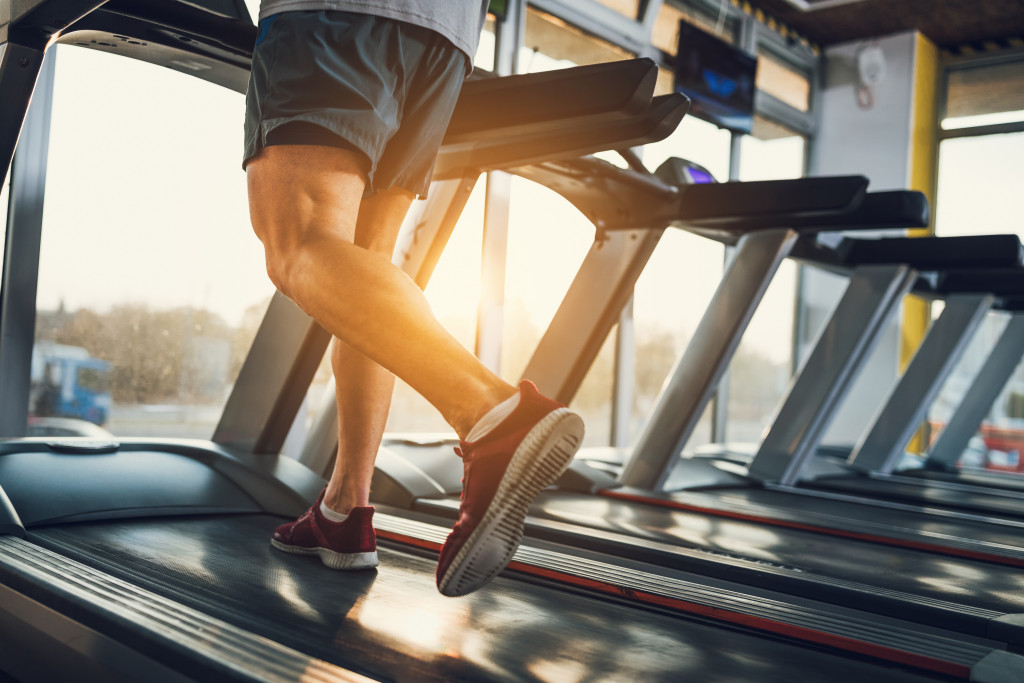Athletes are always looking for ways to improve their performance. They work hard in practice and during games to ensure they can give their best effort. And while many things contribute to a successful athletic career, technology has been a great help in recent years. Technology can track athletes’ progress, communicate with coaches and other team members, and prevent injuries. This article will explore how technology is helping athletes train and perform better in their sport.
Track Performance
Athletes of various sports utilize technology to help them track data and further improve their sports. Devices and tools that provide useful data and analytics have become increasingly popular among athletes. By seeing their progress over time, they can more effectively find areas they need to continue to work on. This way, they are not just practicing aimlessly but rather with a specific goal in mind. In addition, their coach or trainers can also use this data to help improve the athlete’s training regimen.
Radar guns like the Stalker radar gun are one example of technology that helps athletes track their performance. These devices use radar to measure the speed of an object, in this case, a baseball. This information can help athletes understand where they need to improve their speed. For example, suppose an athlete consistently throws at a speed of 80 miles per hour but wants to throw at 85 miles per hour. In that case, they can use the data from the radar gun to determine which aspects of their throwing motion need to be improved.
Improve Performance
Similar to tracking performance, technology can also directly affect an athlete’s performance. This can be in the form of devices that help athletes train more effectively or provide real-time feedback during competition. Wearable devices and virtual reality (VR) environments help players to practice in game-like situations without the consequences of an actual game. This allows athletes to make mistakes and learn from them without impacting the final score.

For instance, football players can improve accuracy inside a VR headsetby simulating game conditions. While in the headset, players see a realistic field with defenders rushing at them. They then have to make throws under pressure, just as they would in an actual game. This allows players to improve their accuracy and get used to the feeling of being under pressure. As a result, they are more likely to make accurate throws in an actual game.
In addition, devices that provide real-time feedback during competition can help athletes improve their performance. For example, wearable devices attach to a golf glove and provide data about the player’s swing. This information is then sent to a mobile app where players can see their clubhead speed, angle of attack, and more. This data can help golfers improve their swing and make better shots.
ommunicate Better
Coaches cannot be right beside their athletes all the time, especially during practices or competitions. However, technology has made it easier for coaches to communicate with their athletes and provide guidance. For example, many sports teams use video analysis software to break down game footage. This allows coaches to see what their athletes are doing correctly and where they need to improve. They can then send this information to the athletes to make the necessary changes.
A great example is combat sports, where cornermen often use video analysis to help their fighter prepare for the next match. They can study an opponent’s previous fights to look for patterns and tendencies. They can then share this information with their fighters, knowing what to expect and how to react in the ring.
Lessen Injuries
One of the most important aspects of any sport, minimizing injuriesbefore, during, or in between games, is crucial for athletes. No one wants to get sidelined by an injury, so taking the proper precautions is always a top priority. While some injuries are unavoidable, technology has been a big help in recent years in lessening their occurrence.
Apart from a strict diet and physical therapy, there are now devices that can be worn to help prevent injuries. For example, compression garments have been shown to help reduce the risk of injuries in some athletes. These garments apply pressure to the muscles and joints, which can help stabilize them and prevent them from moving too much. As a result, the likelihood of an injury occurring is decreased.
Final thoughts
All of these examples show how technology can help athletes in different ways, whether tracking performance, communicating better, or reducing injuries. As technology continues to evolve, there is no doubt that it will continue to help athletes train and perform at their best.




